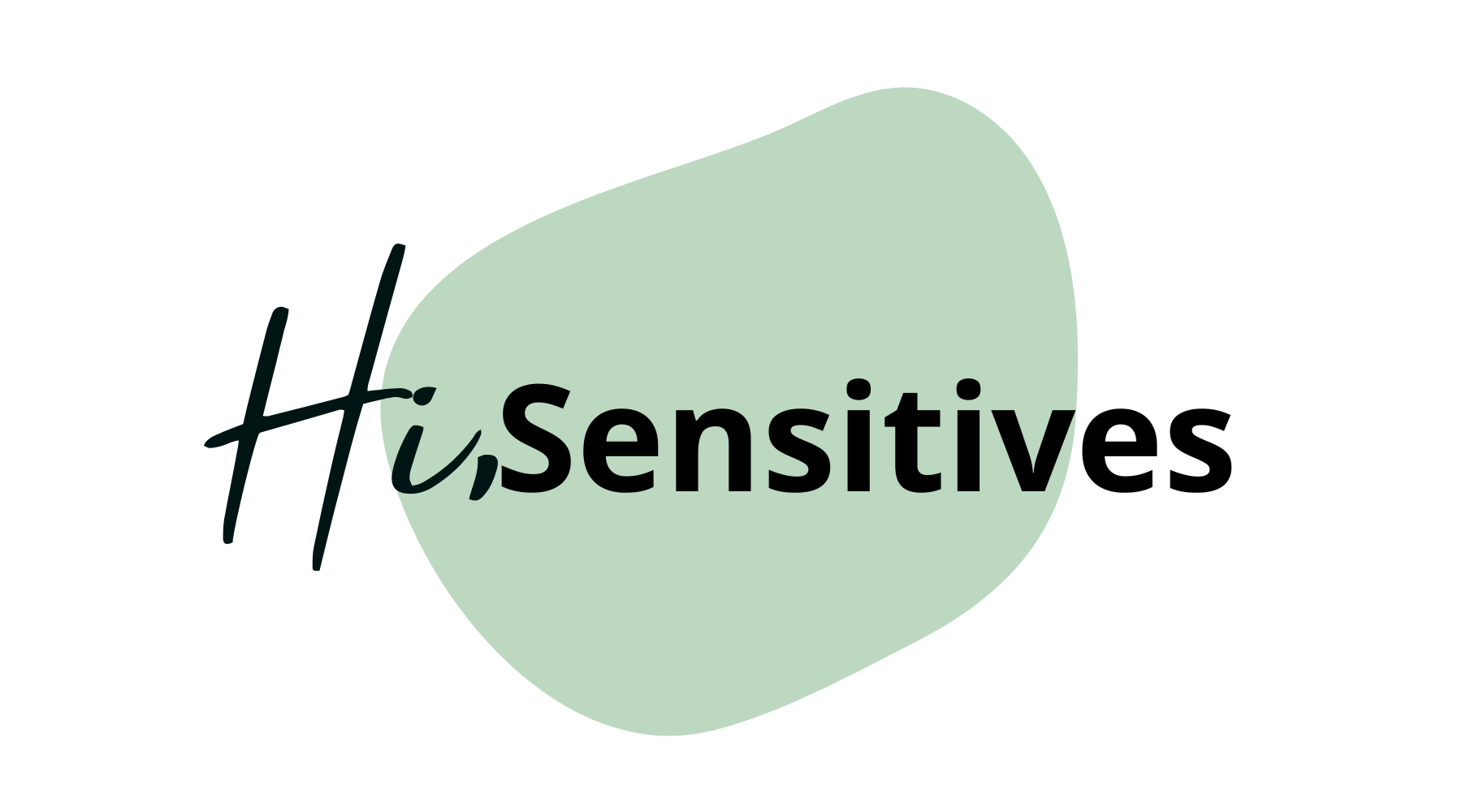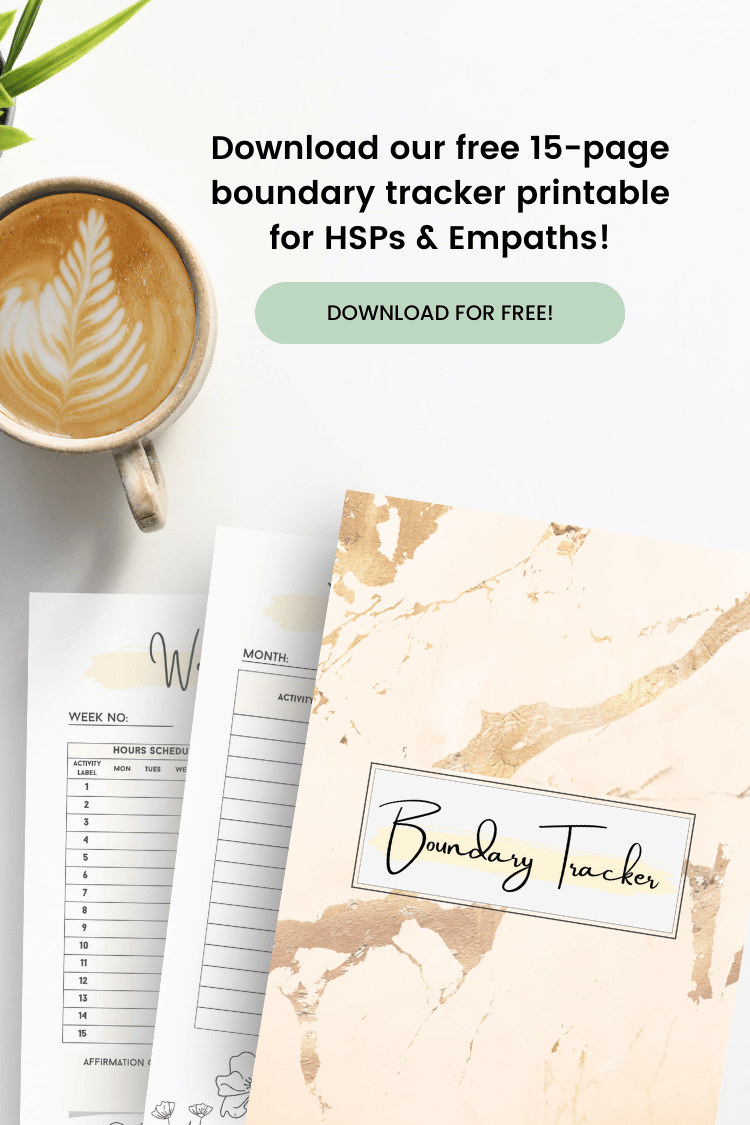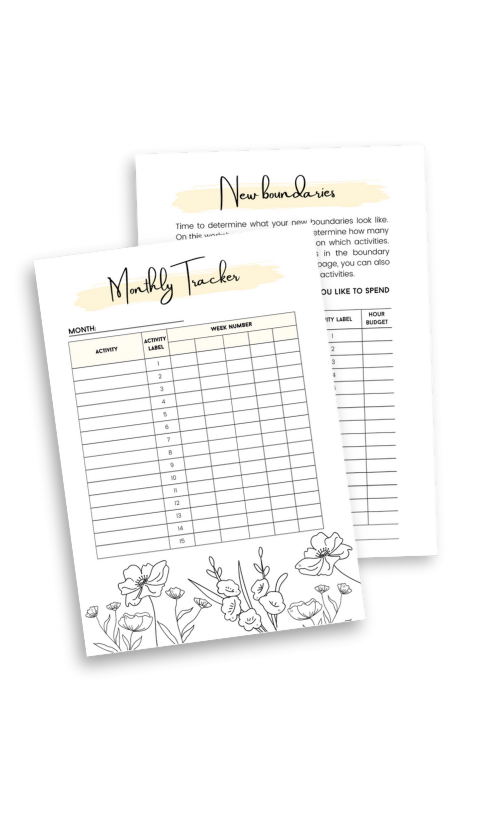Are you looking for breathing techniques to calm down your highly sensitive nervous system? Discover 10 methods in this blog!
Estimated reading time: 6 minutes
Feeling overwhelmed or stressed lately? Sometimes, the simplest solutions are the most effective. Breathing techniques are a powerful tool to calm your mind and body. Whenever I feel stressed out as a highly sensitive person, I focus on my breathing first. Many times, it is taking away the edge from the sensations I am feeling in that moment. Let’s explore ten techniques that can help you find peace and balance.
1. Diaphragmatic Breathing
Diaphragmatic breathing, also known as belly breathing, focuses on engaging the diaphragm, a large muscle located at the base of the lungs. This breathing technique encourages full oxygen exchange, which can slow the heartbeat and lower or stabilize blood pressure. To practice, sit or lie down comfortably. Place one hand on your chest and the other on your belly. Breathe in deeply through your nose, allowing your belly to rise and fall naturally with each breath, while keeping your chest relatively still. Exhale slowly through your mouth. This method helps to deepen your breath and promote relaxation.
2. 4-7-8 Breathing
The 4-7-8 breathing technique is a simple method to help reduce anxiety and improve sleep. To start, sit or lie down in a comfortable position. Close your eyes and inhale quietly through your nose for a count of four. Hold your breath for a count of seven. Then, exhale completely through your mouth for a count of eight. This pattern helps to bring your body into a state of deep relaxation by increasing oxygen intake and promoting a slower heart rate. Regular practice of this technique can lead to long-term improvements in sleep quality and stress management.
3. Box Breathing
Box breathing, also known as square breathing, is one of the breathing techniques used by Navy SEALs to stay calm and focused under pressure. It involves breathing in a pattern that forms a square. To practice, inhale through your nose for a count of four. Hold your breath for four counts. Exhale through your mouth for four counts, and then hold your breath again for four counts. Repeat this cycle for several minutes. Box breathing helps to regulate the autonomic nervous system, reduce stress, and enhance concentration and clarity.
4. Alternate Nostril Breathing
Alternate nostril breathing, or Nadi Shodhana, is a yogic practice that balances the left and right hemispheres of the brain. Start by sitting in a comfortable position. Use your right thumb to close your right nostril and inhale deeply through your left nostril. Close your left nostril with your ring finger, release your right nostril, and exhale through it. Inhale through the right nostril, close it with your thumb, and exhale through the left. This cycle counts as one round. Continue for five to ten minutes. This technique can help to calm the mind, reduce anxiety, and promote a sense of balance and well-being.
5. Resonant Breathing
Resonant breathing, or coherent breathing, aims to reduce stress by slowing down the breathing rate to about five breaths per minute. This can be achieved by inhaling for five counts and exhaling for five counts. Sit or lie down comfortably and focus on your breath. As you inhale, feel your lungs fill with air. Exhale slowly, releasing any tension in your body. Resonant breathing promotes heart rate variability and a sense of calm, making it an effective tool for managing stress and anxiety.
6. Pursed-Lip Breathing
Pursed-lip breathing is a technique that helps to slow down breathing and improve ventilation. It is particularly useful for people with respiratory conditions, but anyone can benefit from it. To practice, inhale through your nose for a count of two. Pucker your lips as if you are going to whistle, then exhale slowly and gently through your pursed lips for a count of four. This method helps to keep airways open longer, promoting better oxygen exchange and a sense of relaxation.
7. Lion’s Breath
Lion’s Breath, or Simhasana, is a powerful breathing technique that releases tension and boosts energy. Begin by sitting in a comfortable position. Inhale deeply through your nose. As you exhale, open your mouth wide, stick out your tongue, and exhale forcefully, making a “ha” sound. Imagine releasing all negative energy with each exhalation. This practice can help to reduce stress, improve circulation, and invigorate your body and mind.
8. Humming Bee Breath
Humming Bee Breath, or Bhramari, is a calming technique that involves making a humming sound while exhaling. Sit comfortably and close your eyes. Inhale deeply through your nose. As you exhale, produce a humming sound, like a bee. Feel the vibration in your throat and head. This technique can help to reduce anxiety, promote relaxation, and improve focus. It is particularly soothing and can be practiced before bedtime to help improve sleep quality.
9. Deep Breathing
Deep breathing, or full yogic breath, combines diaphragmatic breathing with chest breathing. Sit or lie down comfortably. Inhale deeply through your nose, first filling your lower lungs, then your upper lungs. Hold your breath for a moment, then exhale slowly through your mouth. This practice encourages full lung capacity and helps to oxygenate your body fully. Deep breathing can reduce stress, lower blood pressure, and promote a sense of overall well-being.
10. Visualization Breathing
Visualization breathing techniques combine deep breathing with mental imagery to enhance relaxation. Sit or lie down in a comfortable position. Close your eyes and begin to breathe deeply and slowly. As you inhale, visualize a wave of calm washing over you. As you exhale, imagine releasing any stress or tension from your body. This technique leverages the power of the mind to enhance the physical benefits of deep breathing, promoting a deep sense of peace and relaxation.
By incorporating these powerful breathing techniques into your daily routine, you can find a simple yet effective way to calm your mind, reduce stress, and enhance your overall well-being. Each method offers unique benefits, so explore and find the ones that work best for you. Remember, your breath is a powerful tool always available to help you find balance and peace.
Disclaimer: In this article, we collaborated with AI while writing articles, meaning that we used it as a personal assistant to provide valuable information to our readers. The personal touch through stories and personal examples and the editing of the article have been performed by the author.








